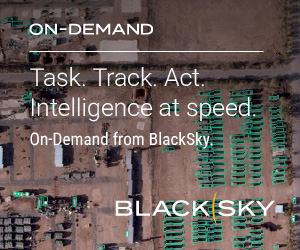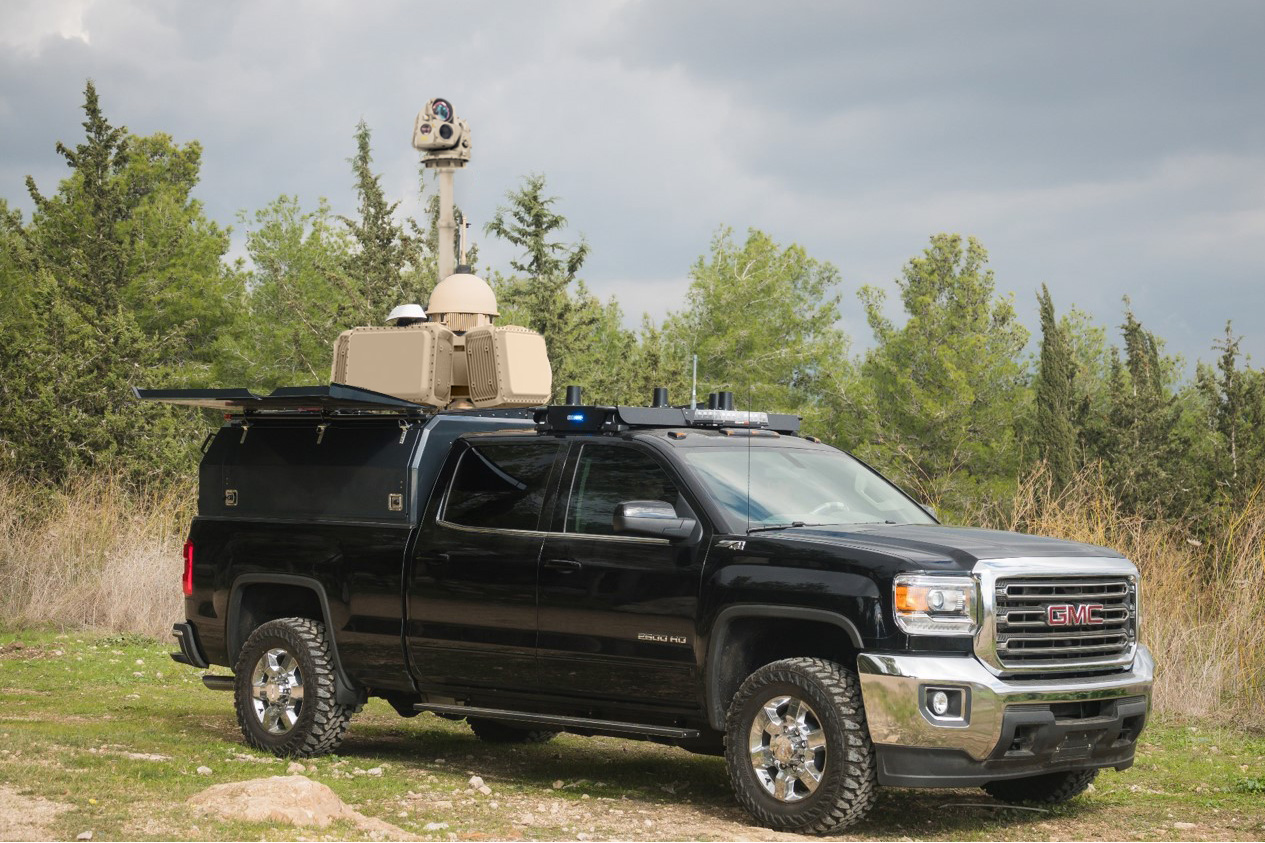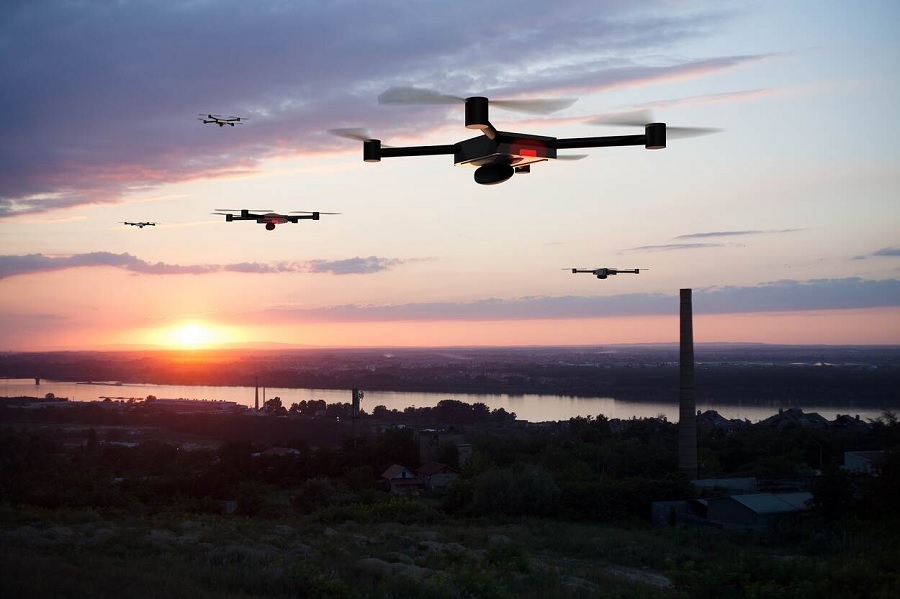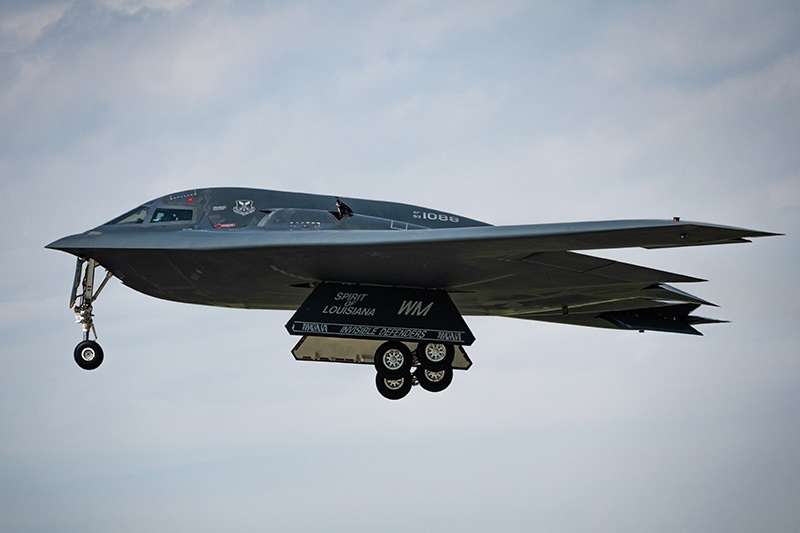The ReDrone features multi-layered protection against UAS threats. The system uses some soft-kill measures like Jamming/Take-over and hard-kill measures such as projectiles and missiles. According to Elbit, the open architecture of the system enables its operation in different “user environments.”

Elbit officials that were present at the demo said that the ReDrone can be provided in a mobile, portable, transportable, vehicular, or fixed configuration. “The system can be tailored to customer requirements for deployment and installation at different sites, including Airports, Ports, Prisons, Government & Public Facilities, Borders, and Military Bases,” one of the officials said. The System’s SIGINT Passive RF Detection and DF is based on fast wideband SDR receivers and DF antenna arrays. Elbit explained that the SIGINT subsystem enables the detection of drones by handling the high and low RF spectrum variations within the drone’s frequency bands, up to 8 km range with 360° coverage. “The system’s capability to analyze a wide spectrum enables it to detect a variety of hostile drones,” one of the company’s officials said.

Detected drones and RCs are classified according to the ReDrone database, which provides the drone type and transmission protocol. (i.e., DJI Lightbridge, DJI OcuSync, etc.). In addition, a Smart Machine algorithm, unique to Elbit Systems, identifies unknown drone RF transmissions.
The System’s mobile, portable, and ruggedized RF Jamming subsystem consists of a main jamming unit including wideband SDR units (exciters), high-power amplifiers, and RF components. An omnidirectional and directional antenna array, with no moving parts, jams communication between the operator and the drone, as well as the drone’s navigation system (GNSS). When a hostile drone is detected, RF communication signals between the systems and the drone at the detected frequency band are neutralized. To achieve positive neutralization of the threat, additional potential GPS and communication frequency bands can be simultaneously jammed.
According to Elbit, the ReDrone’s radar operates in the X-Band (9-10 GHz). The Software Defined AESA 3D Radar system incorporates hundreds of digital receivers, sophisticated algorithms, and computing cores with Artificial Intelligence capabilities. The radar simultaneously detects, identifies, and tracks thousands of objects of various sizes and velocities – including agile, compact targets – with latency suitable for real-time performance, without target prioritization. The Elbit officials said that the system is already operational at different sites. They were not ready to comment on any possible use of the system by the Israeli Defence Forces. The officials said that interest in the system has reached an all-time peak. “Recent developments in drones being used in war have increased the interest in our very advanced system,” one of them said.
























